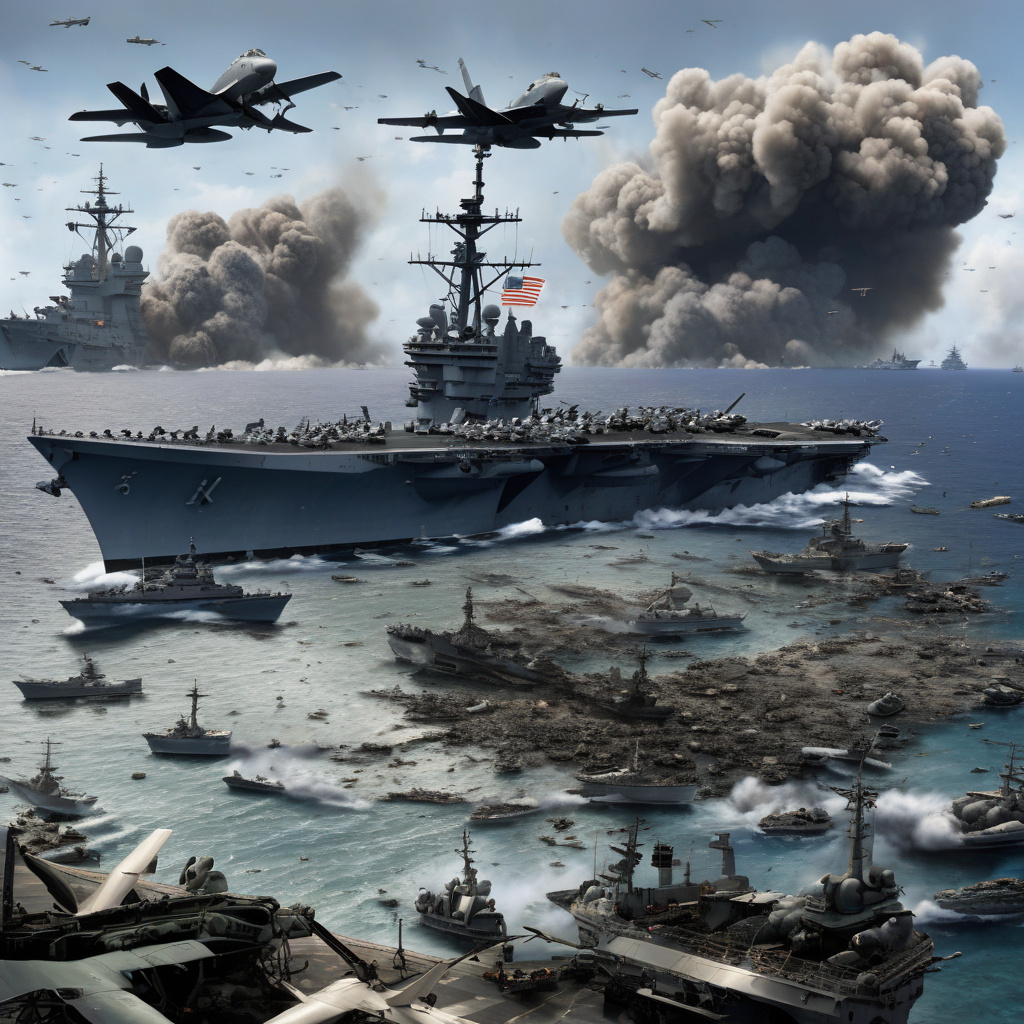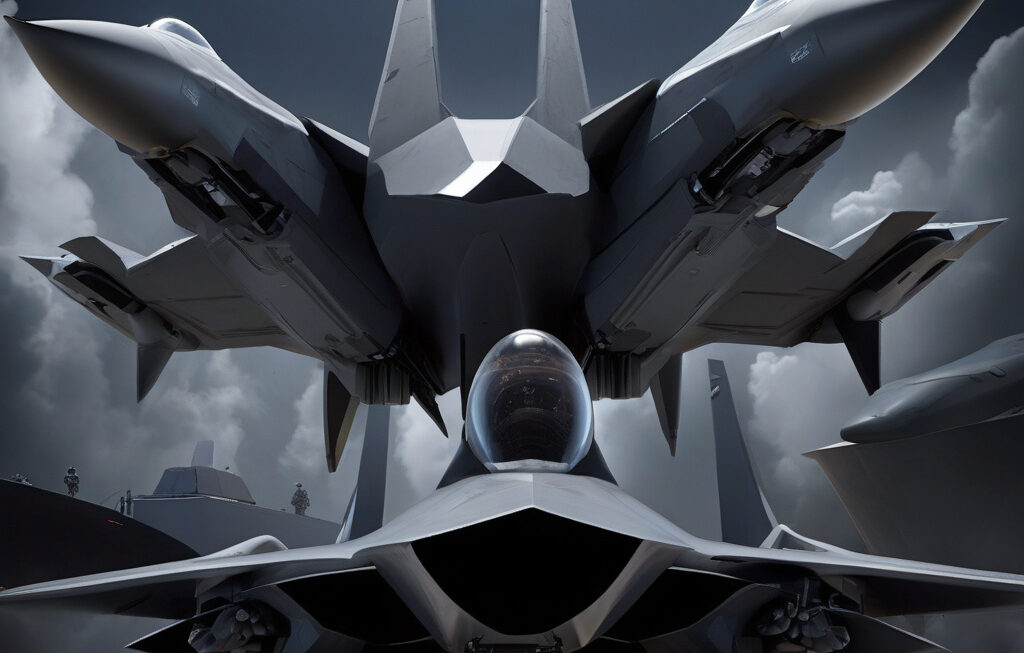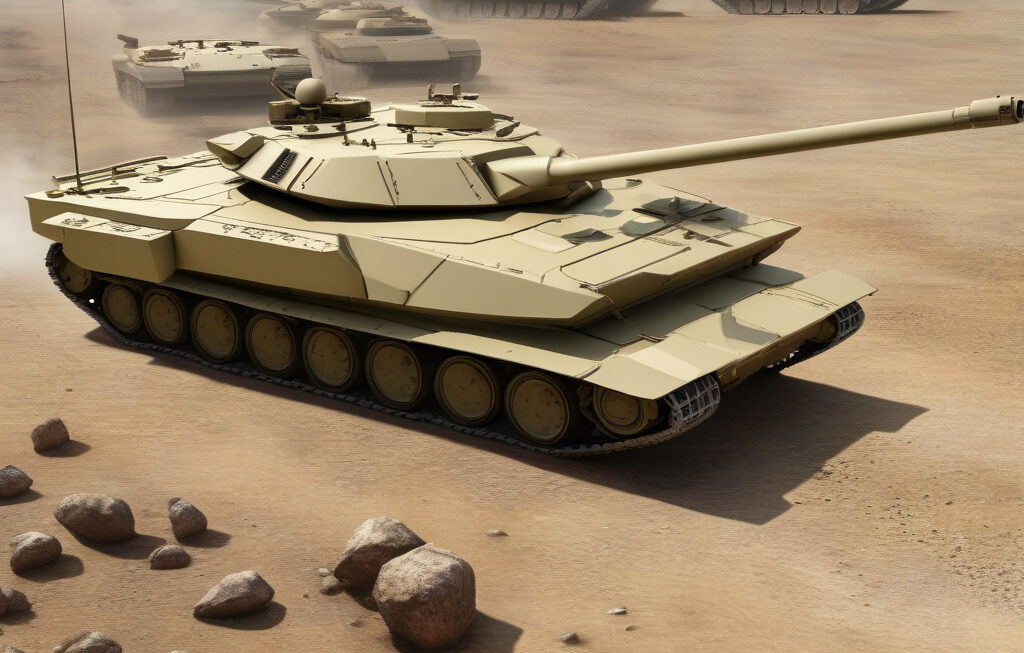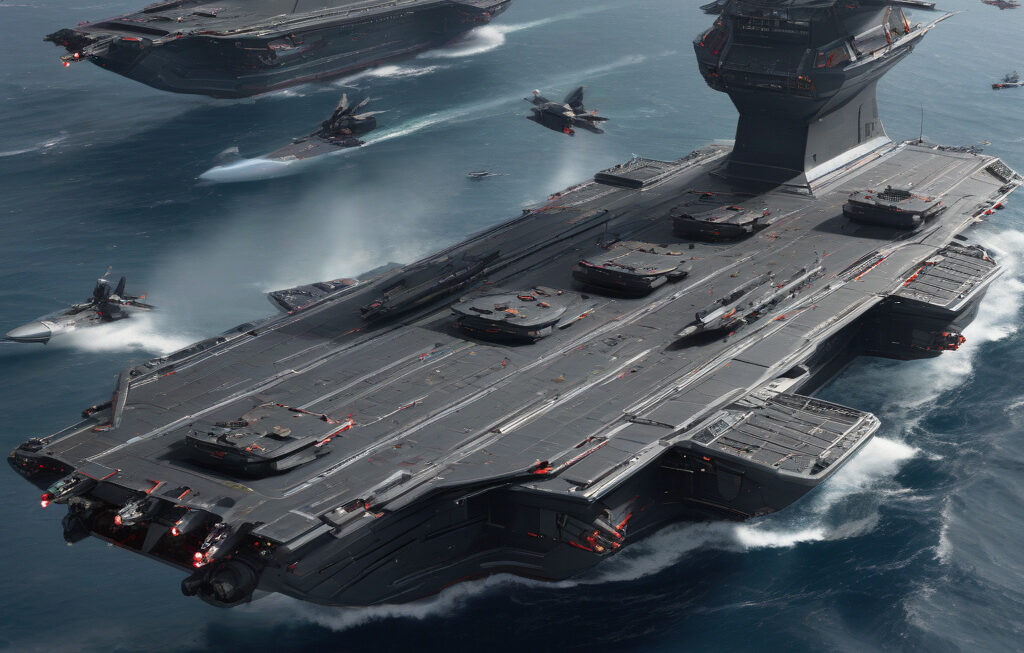US Navy Faces Dual Aircraft Losses in Rapid Succession over South China Sea
A US Navy fighter jet and a helicopter crashed into the South China Sea in an unfortunate incident that occurred within half an hour of each other. The F/A-18E Super Hornet fighter jet, operating from the aircraft carrier USS Carl Vinson, went down during a routine flight mission. Shortly after, an MH-60S Seahawk helicopter, also from the USS Carl Vinson, crashed into the sea while conducting a search and rescue operation for the downed pilot from the earlier crash.
The incident, although tragic, sheds light on the risks and challenges faced by military personnel, especially in volatile regions like the South China Sea. The area has been a hotspot for geopolitical tensions, with overlapping territorial claims and military activities by multiple nations, including China, the United States, and several Southeast Asian countries.
The crash of the F/A-18E Super Hornet raises questions about the safety and reliability of the aircraft, which is one of the primary fighter jets used by the US Navy. The Super Hornet is known for its versatility and combat capabilities, but like all military aircraft, it is not immune to technical failures or accidents. Investigations will be conducted to determine the cause of the crash and whether any mechanical issues or human errors were involved.
Similarly, the loss of the MH-60S Seahawk helicopter highlights the dangers faced by naval aviators and crew members during search and rescue operations. These missions are inherently risky, often conducted in adverse weather conditions and challenging environments. The crew members of the Seahawk helicopter were engaged in a critical task of rescuing a fellow pilot when the tragic accident occurred.
The US Navy has a long history of ensuring the safety and training of its personnel, but incidents like these serve as a stark reminder of the inherent dangers of military operations, particularly in high-stress situations. Training, maintenance protocols, and operational procedures will likely be reviewed and reinforced in the aftermath of these crashes to prevent similar incidents in the future.
As the investigations into the dual aircraft losses unfold, the US Navy will be tasked with not only determining the cause of the accidents but also with providing support to the families of the affected service members. The Navy community is tight-knit, and the loss of any member is keenly felt by all.
In conclusion, the twin aircraft losses suffered by the US Navy over the South China Sea are a somber reminder of the risks inherent in military operations, particularly in contested regions. The incidents highlight the bravery and dedication of naval personnel who put their lives on the line in defense of their country and fellow service members. As the Navy mourns the loss of two of its own, the focus will now shift to learning from these tragedies and ensuring that every possible measure is taken to prevent similar accidents in the future.
US Navy, Aircraft Losses, South China Sea, Military Operations, Naval Safety












